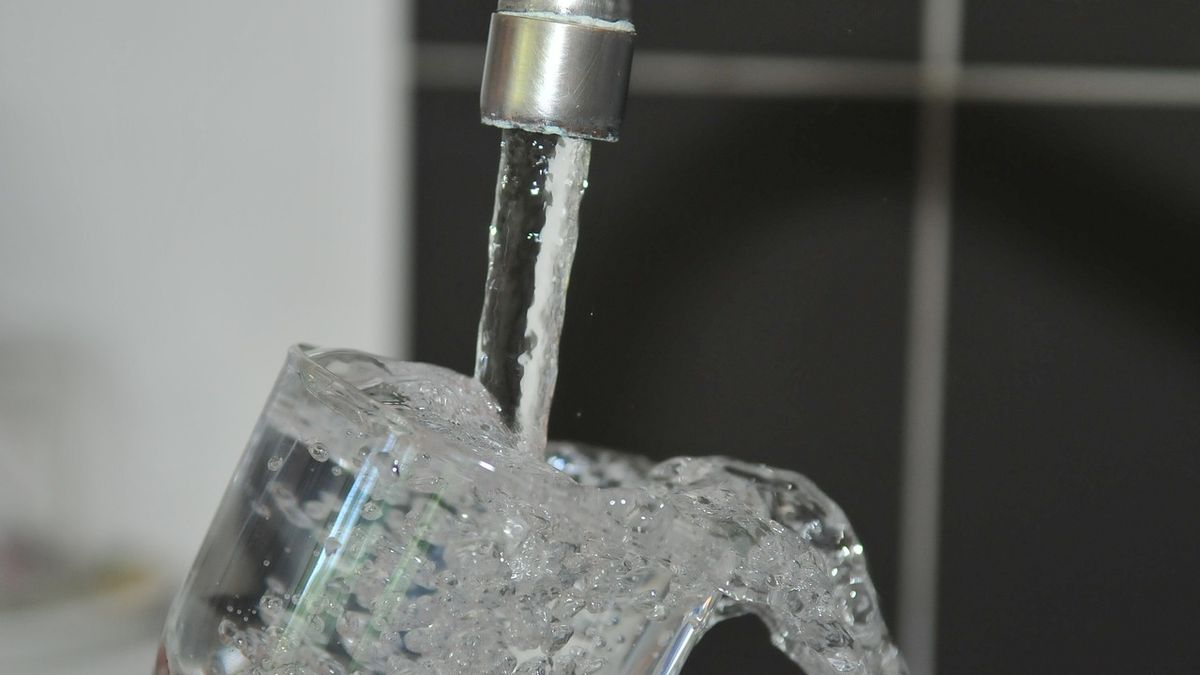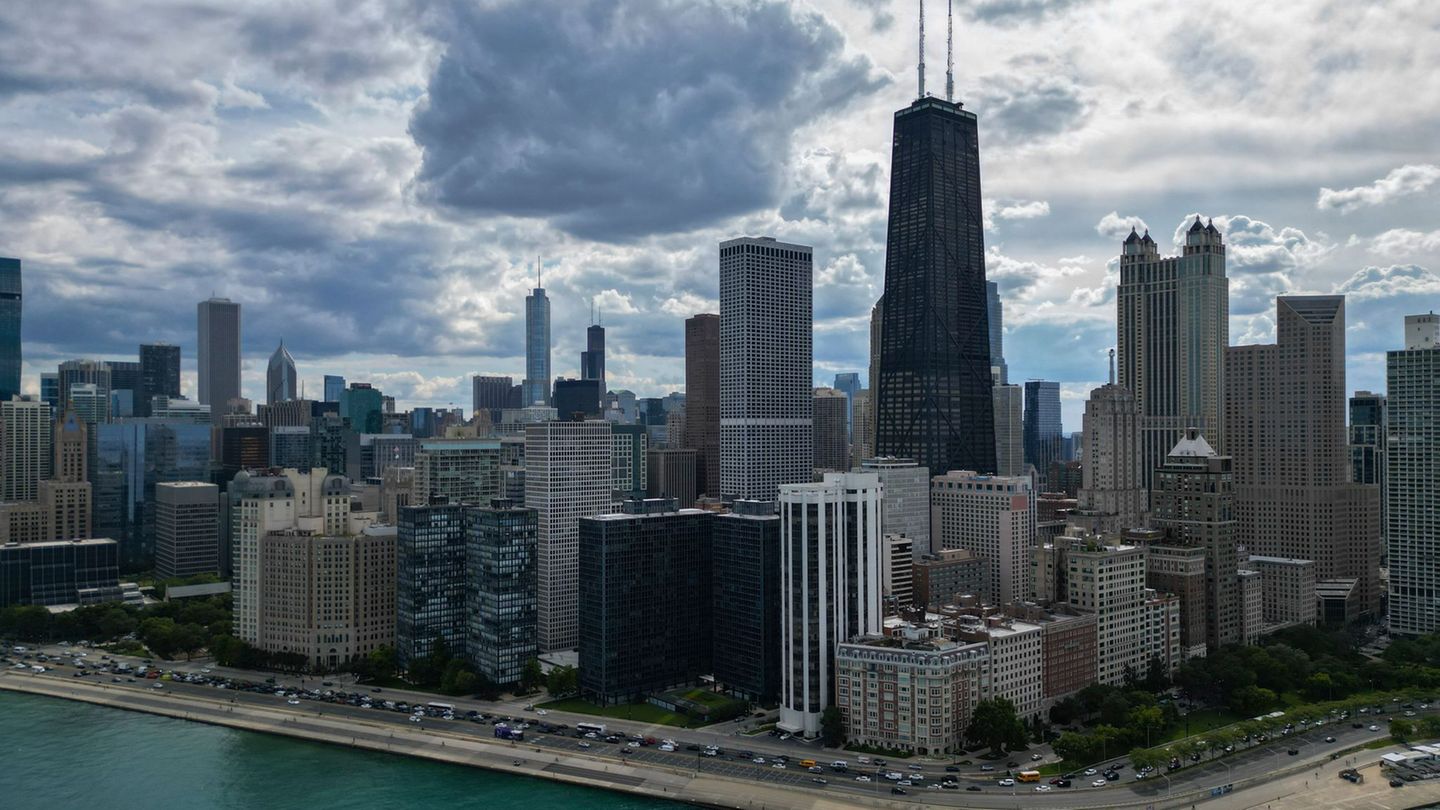Paso Severino’s reserves have already reached 12.7% and all pumping lines in the metropolitan area registered chloride and sodium values below 100 mg/l.
The water crisis not finished yet, but the salinity levels in the supply of the National Administration of State Sanitary Works (OSE) to the metropolitan area of Uruguay are getting lower thanks to the increase in flow in the basin St. Lucia. How long can the improvement in the water situation last?
The content you want to access is exclusive to subscribers.
The reserves of Severine Pass continue to grow while a large part of the country is still waiting expectantly for the rains that could put an end to the water emergency in the metropolitan area: according to the report of Presidency, the reservoir reached 8,513,526 cubic meters, a 12.7% of its normal flow.


Meanwhile, and with consumption in Montevideo and the surrounding areas, which remains relatively stable at around 500,000 cubic meters per day, the quality of the water that reaches household taps continues to improve, with the three pumping lines with values of chloride and sodium registered below 100 milligrams per liter.
Thus, according to the official report, in the pumping line 4 that supplies the center of the capital of the country, the measurement of the daily average of chlorides reached 78 mg/l and 81 mg/l of sodium. In the pumping line 5 which supplies water to the western zone of Montevideo and surroundings, chlorides reached 79 mg/l and sodium 81 mg/l. In turn, in the pump line 6 which supplies the east of the capital and its surroundings, the daily records of chlorides were 69 mg/l and those of sodium 75 mg/l.
These values are already the minimum since June 19, when the water emergency was decreed.
What do the experts think?
According to the director of the Institute of Ecology and Environmental Sciences of the University of the Republic (Udelar), Daniel Panario, salinity levels in the water are “normalizing” within the parameters allowed worldwide, so once again it is safe to drink for the entire population —although the government continues to recommend the consumption of bottled water for vulnerable populations in terms of health. Although it is difficult to estimate how long this “truce” in the water crisis could last, the specialist pointed out that the Santa Lucía river basin “has good flow” so that salinity remains low for “a few more days”he pointed out to the newspaper El País.
Optimism also reaches OSE, which no longer takes water from Paso Severino to supply the population, while almost all of the supply for the metropolitan area comes from the Saint Lucia Great thanks to the rains that increased the flow enough to supply the water treatment plant of Running waters.
Source: Ambito




